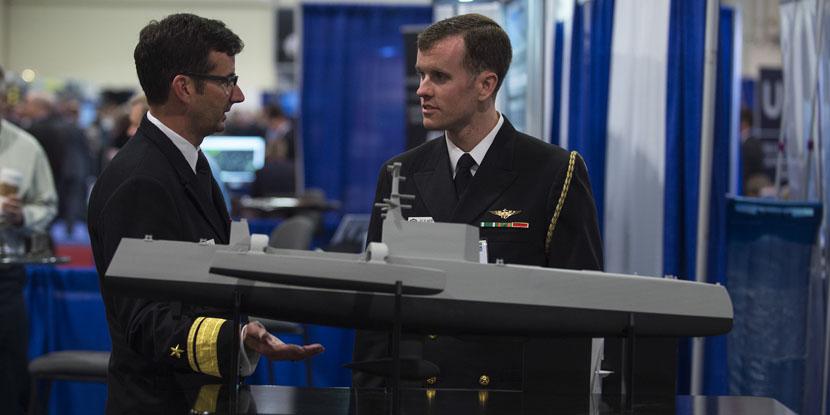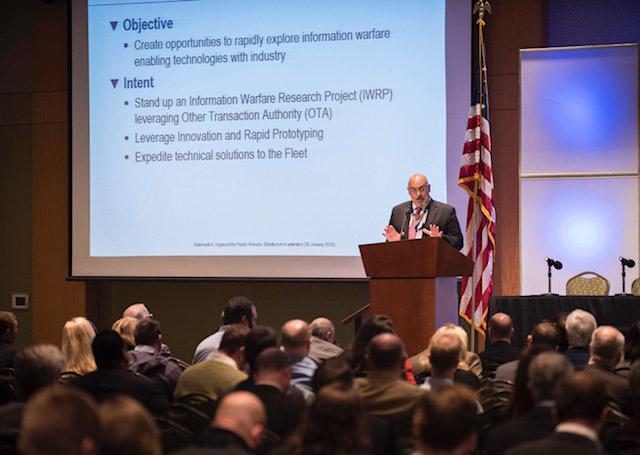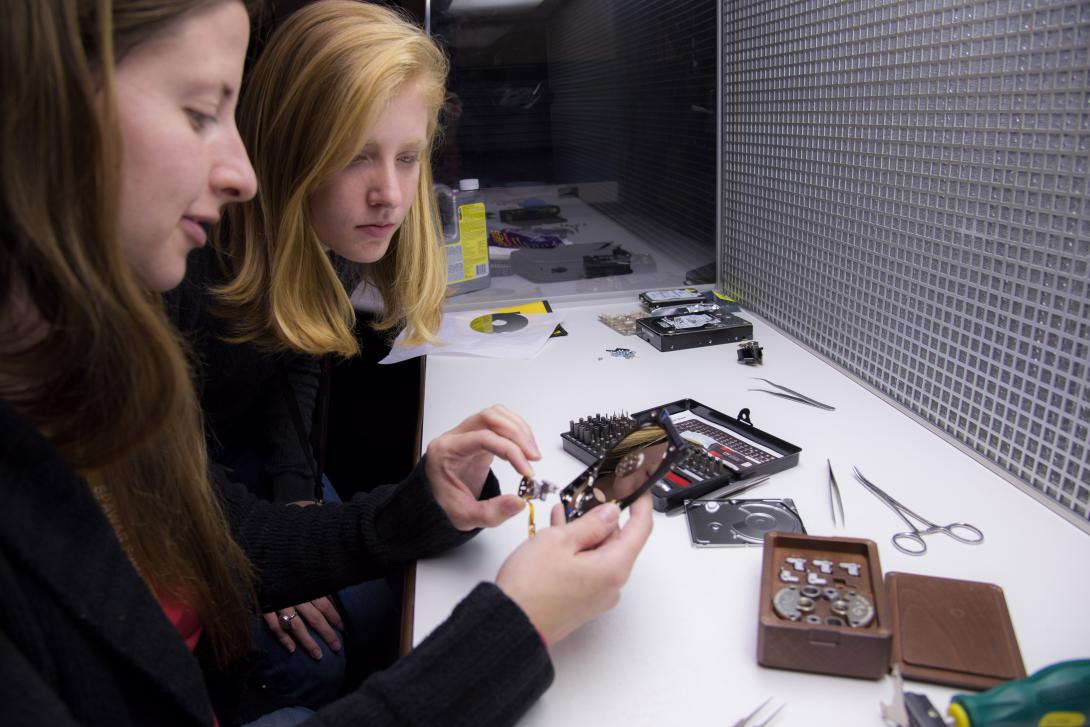SPAWAR Is Casting a Wide Net for Innovative Information Warfare
The U.S. Navy’s Space and Naval Warfare Systems Command (SPAWAR) Systems Center Atlantic (SSC Atlantic) is leveraging the flexible contracting platform known as other transaction authority to improve the service’s information warfare capabilities. Technologies will be developed through prototype project awards under the Navy’s new Information Warfare Research Project (IWRP) Consortium.
The IWRP OTA will accelerate acquisition and bring nontraditional sources, research and development labs, and industry together to provide new, innovative information warfare solutions," Rear Adm. C.D. Becker, USN, commander of SPAWAR Systems Command, said in a statement.
The Navy is seeking capabilities related to a wide range of information warfare topics: cyber warfare, cloud computing, data science and analytic technologies, assured communications, enterprise resource tools, collaboration and social networking, autonomy, mobility, assured command and control, integrated fires, model-based systems engineering, on-demand manufacturing and embedded systems in the Internet of Things (IoT), SPAWAR SSC Atlantic reported. The IWRP Consortium is currently being formed, SPAWAR SSC Atlantic Deputy Executive Director William Deligne told SIGNAL Magazine in a recent interview.
SSC Atlantic specifically sought out a consortium arrangement via an OTA platform, Deligne confirmed. “The other transaction authority is very conducive to this type of research,” he said. “Doing research through a consortium encourages doing this in a competitive environment. That is a great recipe for getting into industry. What we're trying to get at there is innovation and speed, [those] are the two big tenets that we're looking for here.”
Having the IWRP Consortium open to both traditional and non-traditional DOD contractors, as well as academia, will allow the Navy to see new concepts or technologies that the service may not otherwise be exposed to that could improve information warfare, Deligne noted.
“There are a lot of companies and a lot of non-DOD industries out there just working their tail off on things like autonomy, like Tesla in the automotive industry, or cybersecurity, like in the retail industry or banking industry,” he said. “We want to have the ability to look in there and see what they're doing. They may have cracked the code on some of this stuff that we haven't even thought about inside our traditional FAR-based [Federal Acquisition Regulation-based] defense industry type programs. We're really hoping that we're going to be able to encourage these kind of relationships, partnerships inside the consortium and bring in some of these non-DOD traditional type industry folks to offer up ideas on areas to do research.”
SSC Atlantic has tapped Advanced Technology International (ATI) of Summerville, South Carolina, to manage the IWRP Consortium, which has a cap of $100 million in funding under the expenditure-based OTA, Deligne noted. ATI will collect a fee from companies joining the consortium, which will help cover the base operating costs.
The arrangement also allows for cost sharing of the research and development. “We want to maximize the money that goes to do research,” Deligne said. Then customers in the command, control, communications, computers, intelligence, surveillance and reconnaissance domain in the Navy—such as Program Executive Office (PEO) Enterprise Systems or in the Marine Corps—“they will come in and they will place orders against this OTA. They'll want to look at this particular technology or that technology,” he noted.
Deligne compares the IWRP Consortium to that of the Navy’s National Shipbuilding Research Project (NSRP). Deligne, who was executive director at the Naval Sea Systems Command (NAVSEA), attested that the NSRP was a successful long-term venture that pulled in innovation from the industry, some of which translated into programs of record.
“My benchmark is that NSRP project,” he noted. “We were operating NSRP for 17 years over at NAVSEA. We see this [IWRP Consortium] as a long-term venture. Once you do the research, we're going to strive very hard that the intellectual capital that comes out of this research project, that the government would own it as much as possible. There will be a discussion in there because sometimes industry wants to hang onto their crown jewels on some of this technology. We'll negotiate that. We want to be able to put ourselves in a position to have as much of that intellectual capital as possible so that we can structure that into the programs of record or do follow-on competitive FAR-based things when we do full rate production.”
In addition to having the consortium respond to requests for research from Navy customers, Deligne hopes the consortium will bring research topics to the table on their own. “We are also trying to create a scenario inside IWRP where companies can bring unsolicited innovation to the table,” he stated. “The National Shipbuilding Research Project works a little bit like that. They have panels that go off and work on technologies. If they come up with something, the Navy can decide to make a continued investment in that technology.”
Having the IWRP serve as a platform for research across information warfare will open up possibilities to the industry, Deligne added. “That's the thing we're trying to create on our end is to try to have those resources available, and have the industry know that, see that and bring ideas to the table, because in this information warfare space, especially in data sciences, cyber and autonomy, we don't always know what we don't know. We're wanting to throw the gate as far open as we can for innovation.”






Comments